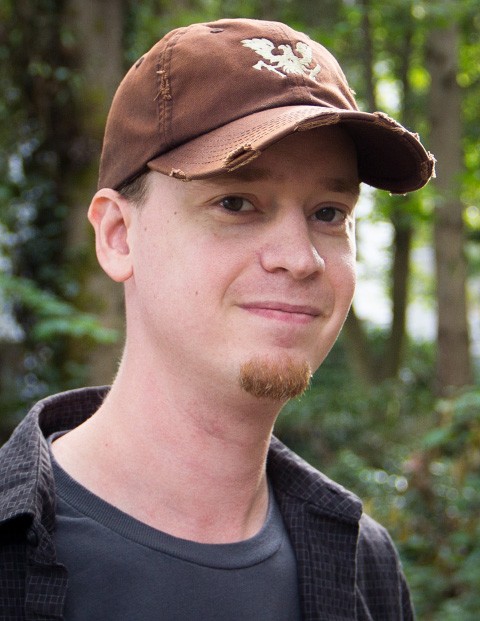We can’t talk about what we’re doing, so we’re talking about the people doing the work. Today, meet Matt, Tech Artist extraordinaire. Read on to find out why video games don’t get made without guys like Matt. — Sanya
What a Tech Artist Does
Hey everyone! Matt here. Zombie plague victim #19, coming to you live (well, live-ish) from Undead HQ.
Usually we spend these developer bios talking about ourselves and how we got to where we are, but my origin story is a pretty boring one. I went to school to become a game developer and now I’m a game developer. Not exactly a story that’s flying off the news shelves. So instead of talking about how I got here I’m going to switch up the format a bit and use my spotlight to untangle exactly what it is I do here at the Lab. All for your benefit and amusement. My official title here at Undead Labs is “Technical Artist”. Now, I know what you’re thinking. “Hey Matt, what is a Technical Artist?” Well, I’m glad you asked. And even if you didn’t, I’m going to pretend you did. It’s just easier for us both that way.
Technical Art is a nebulous term that describes the space between art and programming. And to make defining it even harder, the term Technical Art means something a little different at every studio. One studio’s TA team may focus entirely on character rigging, while another studio pairs TAs with effects artists to write shaders and scripted particle systems. It’s not uncommon for two Technical Artists to have zero overlap in skills. Trust me, it makes job hunting a nightmare.
Technical Artists are artists that are technical.
Yeah, I did just make a circular definition. Allow me to expand. Some areas of art such as character rigging, lighting, and effects are all artistic in nature, but they require specialized knowledge or technical skill that differs from a typical artist’s arsenal. Larger studios will typically have dedicated specialists to address these areas. But in a smaller team like ours here at the Lab, many of these technically-oriented art tasks will often get passed to Technical Artists. Out of these technical tasks, Lighting is a personal favorite of mine. I did all of the lighting for Moonrise and I enjoyed every minute of it. There’s something immensely satisfying about being able to drastically alter the mood of a scene just by changing lights.
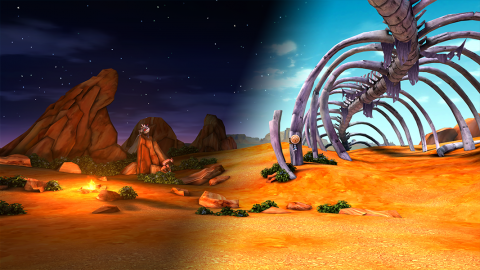
Technical Artists are a force multiplier.
Another primary part of my job here at the Lab is making tools that help artists do their job more effectively. This is essential to keeping a studio like ours small. Let’s say you run a small game studio that has four artists. You can increase your art output by about 25% by hiring a fifth artist. That’s a decent bang for your buck. Now say you’re at a large game studio that has 40 artists. You would have to hire 10 more artists to get the same increase in productivity. That means more paychecks, more 401Ks, more support staff, more studio space, more seats at the company picnic. Or instead of throwing more bodies at a problem to meet a deadline, you can hire a Technical Artist to help make all of your existing artists more efficient. “Work smarter, not harder”, as they say.
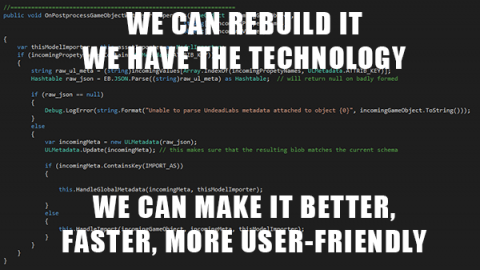
Technical artists help people focus on what they are best at.
I make tools that keep the artists making art, not getting bogged down in process. If the steps for getting a 3D model out of Maya and into our editor takes 20 minutes, that’s 20 minutes of wasted time. There are no artistic decisions to be made in the model export process. Artists should not be wasting their brain power remembering which checkboxes to click before hitting the Export button. You may think that spending several hours writing a tool that saves an artist four mouse clicks is counterproductive. But when an artist does that thing several times a day over the lifespan of development, those four clicks can quickly add up to equal days of development time. And streamlining a process not only speeds up development, but it also keeps artists thinking about art. Imagine trying to paint a painting where you have to stop and take a multiple choice test at random intervals. It’s kinda like that. So I do what I can to minimize mental disruption and keep artists’ train of thought on its rails.
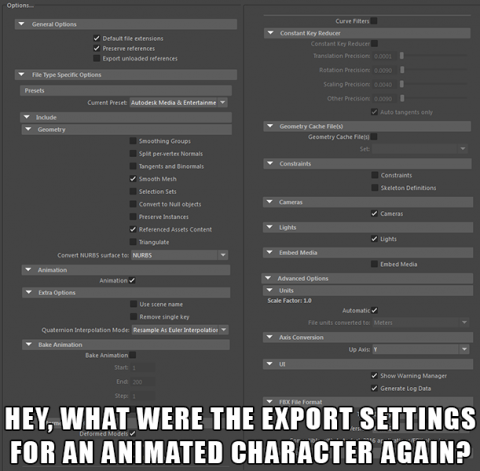
Technical Artists are Tech Support for technical people.
Every person at the Lab is extremely computer-savvy. We work with computers all day every day. So when the need for support arises, it’s for something a lot more complicated than helping your grandmother load up the facebooks. “Have you tried turning it off and on again?” is not going to solve any problems around here, because everyone is competent enough to already have tried the usual tricks. As a Technical Artist, I need to have strong troubleshooting abilities and a large tolerance for frustrating bugs in software that we did not necessarily write. I also have to be willing to drop what I am doing at a moment’s notice to unblock someone else.
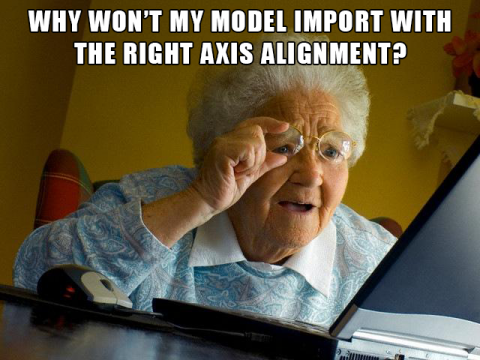
Technical Artists are language translators.
You know that theory that the right side of the brain controls creativity and the left side of the brain controls logic? In a game studio, Artists and Programmers are the embodiment of this cognitive division. Artists are very creative people who generally rely on visual aspects and need things to “feel right”. On the flip side, Programmers are very analytical. They tend to rely on mathematics and logic to make things behave correctly. Technical artists (and producers, too, for that matter) need to straddle that line and help the two sides communicate. The people I work with at the Lab are unusually exceptional at cross-discipline communication, so I’ve certainly had fewer translation duties here than I’ve had at previous jobs. But at a larger company, translating an idea from Artist to Programmer and back again can be a full-time job.
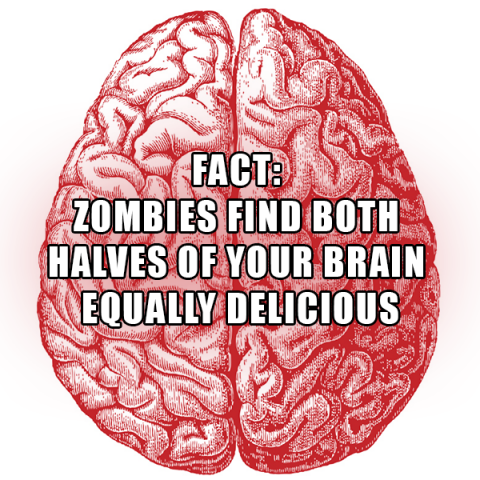
Technical Artists are jacks of all trades.
This is the heart of why Technical Art is hard to define. I really do a bit of everything. Tools development, shader writing, lighting, rigging, FX, and technical support can all fall under the Technical Art umbrella. On Moonrise, I would frequently light a scene, hit ‘Bake’ and go write some code while my computer chewed away on the light computation. And then someone would come over with a technical problem and I would put my code on hold to go troubleshoot.
So that’s me in a wordy nutshell. Sometimes I’m an artist, sometimes I’m a programmer, sometimes I’m QA. And I haven’t even had my morning coffee yet.
Oh yeah. And Technical Artists also make porpoisely memes.
